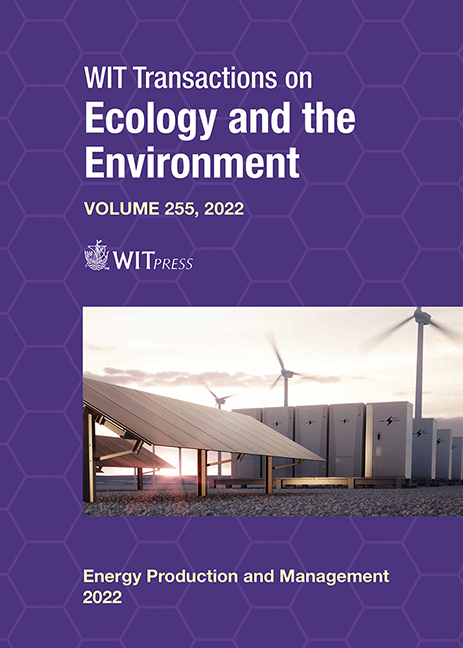LOWER LIMITS OF COUPLING PHYSICAL PROPERTIES OF SHALE OIL RESERVOIRS FOR THE APPLICATION OF CO2 HUFF-N-PUFF
Price
Free (open access)
Transaction
Volume
255
Pages
11
Page Range
3 - 13
Published
2022
Paper DOI
10.2495/EPM220011
Copyright
Author(s)
PENG WANG, SHIJUN HUANG, FENGLAN ZHAO
Abstract
CO2 flooding for enhanced shale oil recovery is unsatisfactory in pilot projects due to the fracture network complexity induced by gas channelling. CO2 huff-n-puff has been proven to improve the estimated ultimate recovery (EUR) for a single well. The purpose of this work is to determine the lower limit of coupling physical properties of shale oil reservoirs for the application of CO2 huff-n-puff technology under different economic and technological development conditions. In this work, a numerical model with two horizontal wells is established to simulate CO2 huff-n-puff process in shale oil reservoirs. Logarithmically spaced, locally refined, and dual permeability (LS-LR-DK) model is used to generate hydraulic fractures. Then, the critical shifts of hydrocarbon molecules confined in shale nanopores are corrected by a modified Soave–Redlich–Kwong equation of state (m-SRK EOS) to model the phase behaviour accurately. Subsequently, numerical simulations are conducted to investigate the influence of horizontal well length, huff-n-puff cycle, and matrix permeability on well productivity. Finally, the lower limits of coupling the permeability and initial oil saturation are determined in the economic limit output. Longer horizontal well shows a much better performance on improving single-well EUR both in the depletion and CO2 huff-n-puff stage. There is an optimum injection time for CO2 huff-n-puff under different reservoir conditions. Determining the lower limit of coupling physical properties in shale oil reservoirs is critical from the perspective of investment income. When the matrix permeability is in the range of 0.01mD to 0.1mD, the performance on improving single-well EUR of CO2 huff-n-puff is better, and it increases as the initial oil saturation increases.
Keywords
shale oil reservoirs, CO2 huff-n-puff, lower limits of coupling physical properties, nano-confinement, numerical simulation





